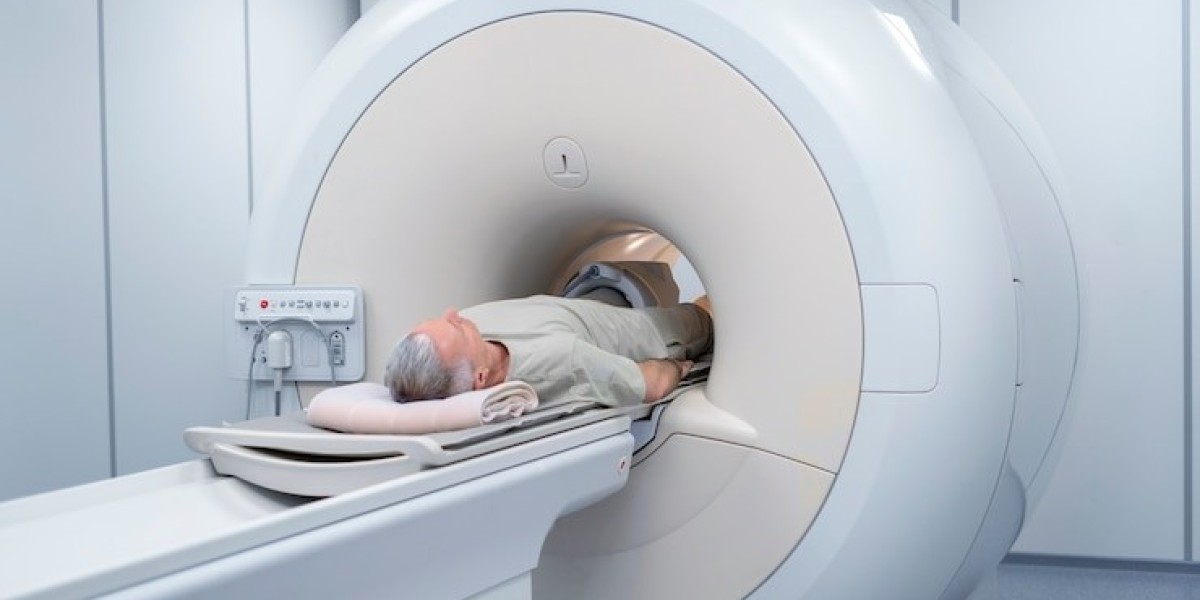Market Overview & Estimation
The radiotherapy market was valued at approximately USD 7.1 billion in 2024 and is expected to expand to USD 9.9 billion by 2033, registering a CAGR of 3.8% from 2025 to 2033. Radiotherapy remains a cornerstone in cancer treatment, leveraging X-ray, gamma-ray, and charged-particle therapies for both curative and palliative care. External beam radiation (EBRT) remains dominant due to precision technologies like IMRT and IGRT. The market’s steady growth reflects increasing cancer incidence, aging populations, and expanding global access to advanced radiation technologies.
For sample, report click on radiotherapy-market
Latest News & Trends
Proton Therapy Expansion in India:
The Karnataka government is planning a ₹500 crore proton therapy center at Bengaluru’s Kidwai Memorial Institute, aiming to support over 120,000 patients by 2025—underscoring the shift toward more precise radiation methods across Asia-Pacific.
AI Funding Cuts in the UK:
Despite government investment in AI-enabled auto-contouring, recent budget withdrawals in England have delayed implementation—potentially extending radiotherapy waiting times by up to 500,000 additional patient-days.
Pluvicto Advances at Novartis:
Novartis’s radiopharmaceutical therapy, Pluvicto, has shown promise in slowing progression of metastatic prostate cancer in earlier-stage usage. The company will seek expanded regulatory approval following clinical results.
AstraZeneca Acquires Fusion Pharmaceuticals:
AstraZeneca acquired Canadian specialist Fusion Pharmaceuticals to bolster its radioconjugate pipeline in radiotherapy care, aiming to bring innovative isotope-targeting therapies into adoption.
Market Segmentation
The radiotherapy market can be dissected along several lines: technology types, applications, and end-user settings.
By technology, external beam radiation therapies—such as intensity-modulated (IMRT), image-guided (IGRT), stereotactic radiotherapy, and proton therapy—constitute approximately 73% of the market, with external treatments estimated at around USD 5.2 billion in 2024. Internal beam therapies, including brachytherapy, make up the remainder, while systemic therapies like radiopharmaceuticals are rising in relevance due to targeted isotope treatments such as Pluvicto.
By application, radiotherapy is predominantly administered for cancers including breast, lung, prostate, brain, and cervix. The continual rise in colorectal, breast, and lung cancers helps fuel overall treatment demand.
By end-user, hospitals and cancer centers account for nearly 80% of usage, with a smaller fraction in ambulatory and specialized radiotherapy clinics. Increasing availability of proton centers and improved access to outpatient radiotherapy services is diversifying treatment delivery patterns.
Regional Analysis: USA & Japan
United States
North America—led by the U.S.—commands over 35.8% of the global radiotherapy market. In 2024, the U.S. contributed roughly USD 2.5 billion, influenced by high cancer incidence (over 2 million new cases annually), federal support like the Cancer Moonshot, and widespread adoption of cutting-edge therapies such as FLASH and proton therapy. U.S.-based imaging-RT collaborations and NIH-funded FLASH RT development further cement its position. Government spending on healthcare was estimated at USD 4.8 trillion in 2023. There are also over 40 operational proton centers in the country.
Japan
Japan is a key element of the Asia-Pacific, currently the fastest-growing regional market with ~4.2% CAGR projected for 2025–2030. Japan’s aging population, rising cancer incidence, and advanced healthcare infrastructure are driving adoption of external beam technologies and image-guided systems. Government initiatives to expand proton therapy are underway, alongside growing interest in FLASH RT technologies via early-phase research.
Key Highlights
2024 Market Size: USD 7.1 billion
2033 Forecast: USD 9.9 billion at 3.8% CAGR
External beam RT dominates with ~73% share
North America leads (>35%), Asia-Pacific fastest grower (~4.2–4.4% CAGR)
Market growth supported by cancer prevalence, R&D, and innovative technologies such as IMRT, proton therapy, FLASH, and AI-powered workflows.
Top 5 Key Players & Competitive Developments
Varian Medical Systems – Global leader in external beam & proton systems; drives IMRT/IGRT adoption.
Elekta AB – Specializes in stereotactic and image-guided systems; engages in strategic collaborations.
IBA (Ion Beam Applications) – Pioneer in proton therapy delivery systems globally.
GE Healthcare – Supplies integrated imaging and adaptive RT technologies (e.g., Radixact).
Canon Medical Systems – Provides CT & MRI-linked platforms that support advanced RT planning and delivery.
Additional innovators include Siemens Healthineers, Accuray, and pharma heavyweights like Novartis and AstraZeneca, who are entering radiotherapy through radiopharmaceutical acquisitions and research in radioconjugates.
About Us
DataM Intelligence is a leading global market research and consulting firm. We offer deep insights across healthcare, technology, and beyond—with detailed market intelligence on radiotherapy, including segment forecasts, regional breakdowns, company profiles, and emerging trends.
Contact Us
Email: info@datamintelligence.com
Phone: +1 877 441 4866
Website: datamintelligence.com






